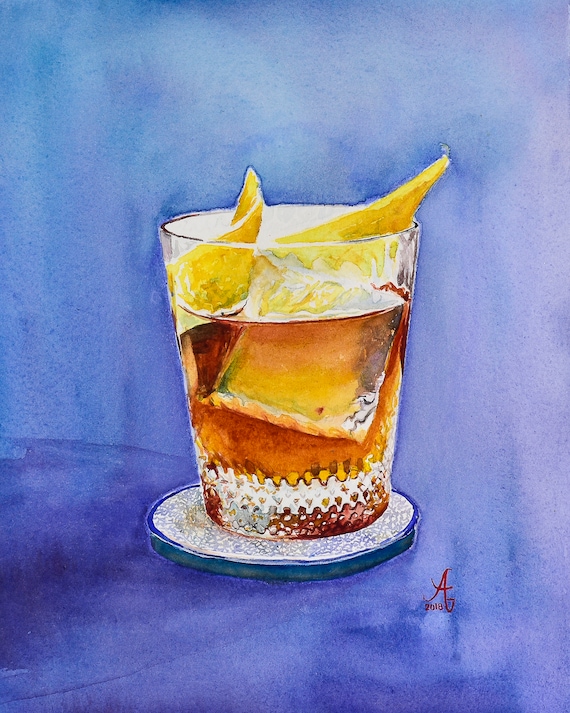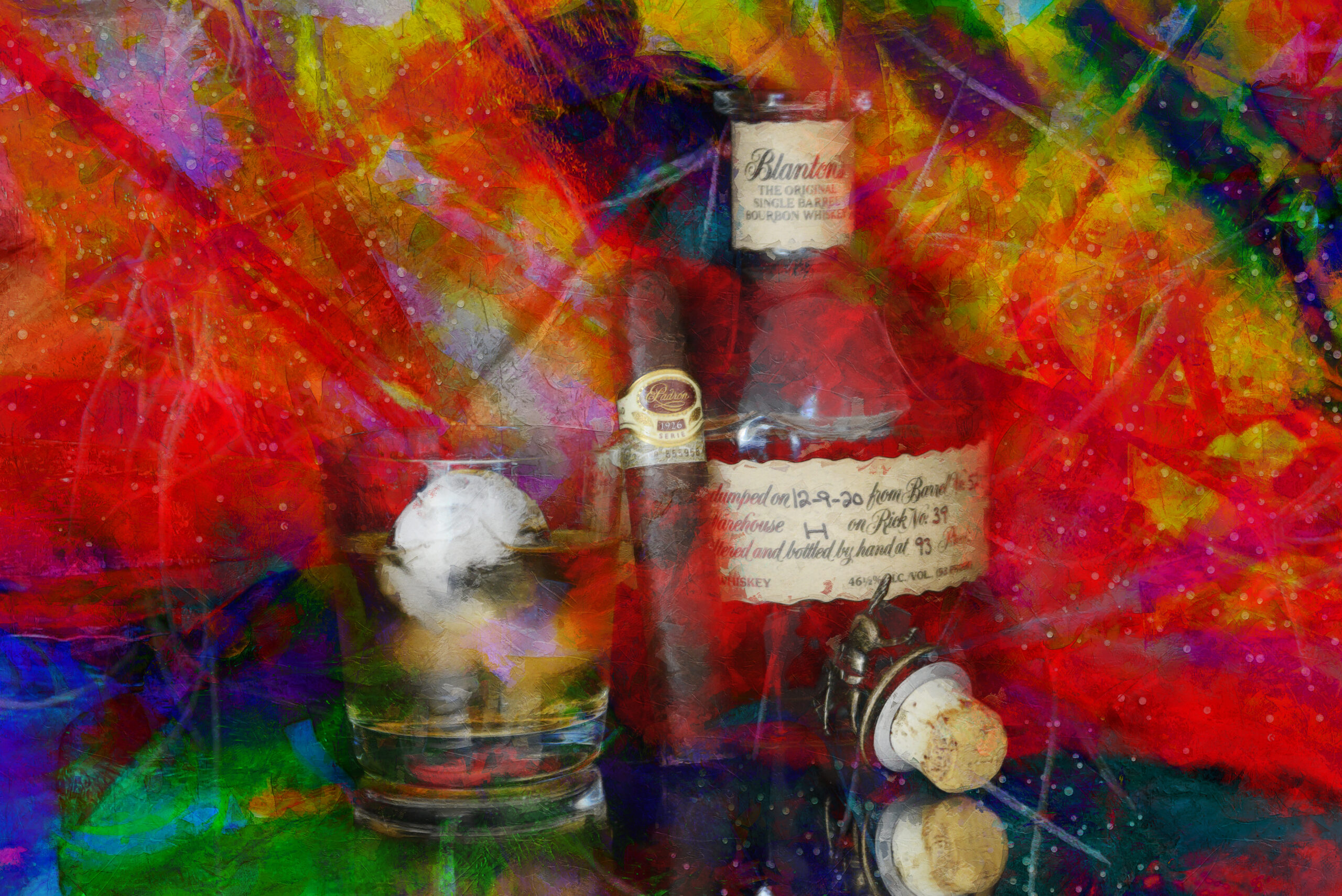Capturing the Significance of Scotch Art Via Unique Visual Depictions and Designs
The art of whiskey expands beyond the liquid itself, materializing with a selection of aesthetic depictions that encapsulate its storied heritage and workmanship. What continues to be to be uncovered is exactly how these advancing designs mirror not just the scotch itself however likewise the transforming landscape of creative interpretation. Limited Edition.
The Background of Scotch Art

As bourbon manufacturing spread, so also did the need to boost its experience via art. From the detailed inscriptions on early barrels to the fancy tags of modern-day containers, each aspect reflects an unique imaginative vision, acting as an aesthetic narrative of the bourbon's heritage.
In the 18th and 19th centuries, the rise of the industrial revolution additionally enhanced bourbon art, causing ingenious packaging and advertising that caught consumer focus. Artists and designers started explore appearances, imbuing whiskey-related imagery with symbolic definitions that communicated notions of community, practice, and craftsmanship.
Today, bourbon art proceeds to develop, mixing standard methods with modern art types. Limited Edition. This continuous discussion in between the spirit and its graph underscores the enduring bond between whiskey and society, enhancing the overall experience for lovers worldwide
Iconic Container Layouts
While numerous aspects add to the allure of whiskey, famous container designs play a crucial function in forming customer perception and boosting the general experience. The visual presentation of scotch containers is not simply an aesthetic consideration; it works as a bridge between the customer and the item, evoking emotions and establishing assumptions.
Unique shapes, products, and closures can raise a scotch brand name's identification, making it instantly identifiable on congested racks. For instance, the timeless Glenfiddich container, with its classy tapered shape, communicates a feeling of practice and workmanship, while the bold, modern-day design of the Balvenie bottle mirrors advancement and sophistication. In addition, making use of tinted glass or special structures can recommend the high quality and character of the bourbon within.
Iconic layouts typically include components of cultural heritage, symbolizing the brand name's background and link to its origins. Brand Names like Jack Daniel's use an uncomplicated, robust layout that resonates with its American scotch heritage. Eventually, the effect of container style prolongs past simple functionality; it encapsulates the essence of the brand, inviting customers to discover and indulge in the rich tapestry of whiskey culture.
Label Artwork and Branding
Bottle layouts usually set the phase of what consumers can anticipate, however label artwork and branding play a just as substantial function in communicating a whiskey's identity. The tag works as the initial point of contact in between the product and the consumer, encapsulating the significance of the whiskey within recommended you read its visual aspects.
Reliable label artwork combines imagery, color, and typography to produce a narrative that resonates with the brand name's heritage and target audience. A tag featuring classic fonts and elaborate pictures might evoke a feeling of custom and craftsmanship, appealing to lovers. In contrast, vibrant shades and modern style elements might attract a more youthful demographic seeking innovation and exhilaration.


Digital Photography and Visual Storytelling
Recording the essence of whiskey with digital photography and visual storytelling is an art kind that raises the brand experience. This medium transcends simple product representation, delving into the elaborate stories that surround each bottle. By utilizing compelling images, professional photographers can stimulate feelings that reverberate with consumers, ultimately creating a deeper connection to the bourbon brand.
Visual storytelling in bourbon digital photography commonly makes use of abundant structures, illumination, and structure to highlight the distinct characteristics of the spirit. The interplay of light and shadow can emphasize the brownish-yellow hues of scotch, while the selection of history elements-- such as rustic barrels or stylish glasses-- can reinforce the brand's heritage or way of living associations.
In addition, recording the ritualistic elements of whiskey consumption, from the pouring to the tasting, invites customers into a sensory experience, permitting them to think of the tastes and aromas that await. Each picture not just showcases the product however additionally narrates of craftsmanship, tradition, and the minutes that whiskey can improve - Limited Edition. Hence, photography ends up being a powerful tool in verbalizing the identity of bourbon brand names, positioning them within the wider social landscape
Emerging Fads in Scotch Art
The advancement of bourbon art is significantly shaped by modern fads that reflect more comprehensive social shifts and customer choices. One famous trend is the combination of sustainability into art techniques. Musicians are currently utilizing recycled products and eco-friendly processes to produce whiskey-themed pieces, resonating with environmentally link conscious customers. This change not only highlights the relevance of sustainability yet likewise enhances the narrative surrounding scotch manufacturing.
Furthermore, digital art has surged in appeal, enabling cutting-edge representations of bourbon. Musicians are leveraging innovation to craft immersive experiences, such as increased fact installments that engage customers and give a deeper understanding of bourbon's social importance. This trend likewise encompasses social media sites systems, where aesthetically striking material amasses focus and promotes area among fanatics.
Additionally, collaborations in between whiskey brands and artists are coming to be a lot more widespread. These collaborations yield limited-edition packaging styles and exclusive art work that celebrate both the workmanship of bourbon and the imagination of artists. As scotch art continues to evolve, these arising trends will certainly form its future, fostering a vibrant crossway of society, sustainability, and modern technology within the scotch neighborhood.
Verdict
Finally, the art of scotch includes a varied selection of aesthetic depictions that mirror its rich heritage and craftsmanship. From legendary container designs and detailed tag art work to engaging photography, each component contributes to a wider narrative that boosts the customer's experience. As arising fads, such as digital art and sustainability, remain to shape this imaginative landscape, the diverse identification of scotch remains a sustaining source of social link and expedition.

In conclusion, the art of bourbon encompasses a varied range of visual representations that show its abundant heritage and workmanship.